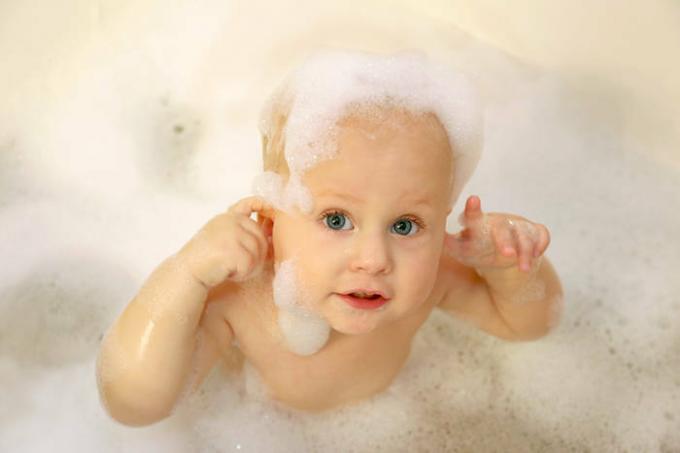At what age should a child be taught to blow his nose? TOP-4 fun blowing-out skills that are suitable for kids from 1.5-2 years old
Autumn is approaching, and colds and a runny nose go hand in hand with it. It is possible to alleviate its symptoms with the help of vasoconstrictor drops, however, doctors do not recommend them for children under 6 years of age. Much better rinsing the nose, followed by blowing out the mucus. But what if the child does not know how to blow his nose? You can teach him this simple skill in a playful way, and you need to start learning when the baby is healthy. So don't delay until fall and have fun workouts right now.
Vasoconstrictor drops for a child: why are they dangerous?

Vasoconstrictor drops have many side effects / istockphoto.com
There is nothing worse for a mom than a child who cannot breathe. The problem with snot at an early age can be solved with an aspirator. However, already from one year old, many children show active resistance at the sight of this device. And mothers have no choice but to use vasoconstrictor drops. Now they are prescribed even to babies - with the obligatory proviso: to use no longer than 5 days. But this "reinsurance" does not remove the likelihood of side effects.
A 2018 study by the American Medical Association (AMA) suggests that the effectiveness of vasoconstrictor drops in children under 6 years of age is questionable. But the side effects of them for babies are obvious:
- increased heart rate
- respiratory depression
- depression of consciousness
- bowel disorder
- vasomotor rhinitis (when the child cannot breathe without drops)
The older the child is, the less likely it is to develop adverse reactions. However, up to 6 years of age in AMA it is recommended to do without drops whenever possible. To alleviate symptoms, it is better to use isotonic saline solution and regime activities (temperature and air humidity in the apartment). For this, it is very important to teach the child to blow his nose so that he can get rid of mucus on his own while rinsing his nose.
How to teach a child to blow their nose in a playful way

You can teach a child to blow his nose while swimming / istockphoto.com
The optimal age to teach a child to blow their nose is 1.5-2 years. You need to start the learning process when the baby is completely healthy and well. Present everything as a fun and exciting game that will help the little nose to breathe deeply and correctly.
Table football game
Put two small pieces of cotton on the table - these will be your soccer balls, which will need to be "blown" into the goal. You can play at speed, in this case the child will have enough competitive spirit. However, make sure that the baby blows with his nose, and not with his mouth. As you play, complicate the task: have the child close one nostril with his finger and blow on the "ball" through the other nostril.
Airplane game
Similar to the game of football, you will need to launch the planes from the runway. To do this, you can make origami-style paper planes (only small) or cut them out of colored paper. Arrange them in a row on the table and get them ready to launch. Again, the important rule is to start crafts with your nose.
Fog game
To do this, you need a tabletop mirror. Ask your child to draw as much air as possible into the lungs through the mouth, and then release it through the nose onto the mirror surface. It will be covered with "fog" on which you can draw with your fingers. Another trick: after the condensate evaporates and the drawings become invisible, you need to blow on the mirror again (with your nose!), And the drawings will appear.
Blowing foam game
This game is played in the bathroom while bathing: show your baby how to blow the lather with your nose. You can even arrange a small competition - first between you and the child, and then between two nostrils, which one will be stronger and blow off the foam further.
Such training should be carried out 1-2 times a day, thereby developing the child's nose-blowing skill. And at that moment, when the kid "floods", just remind him how you scored goals together or took planes into the air. The only rule when blowing your nose is not to force the child to blow very hard (as they say, to a clean nose). So you can provoke development of complications (for example, otitis media) and discourage him from blowing his nose.
You will also be interested to read:
Runny nose does not go away: 8 main mistakes in the treatment of a stuffy nose
A runny nose in a child: 5 things every mother should know about

